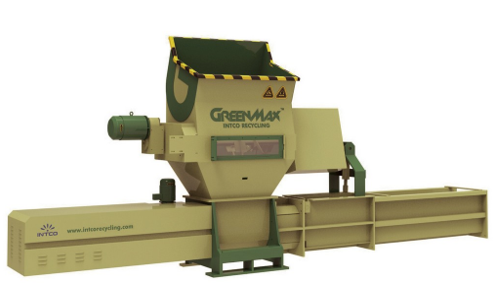Recycling solution to food foam packaging
Can food foam packaging be recycled? Isn't it too dirty to recycle?
No. Some have expressed concern about food residue on food foam packaging, including foam. But, studies have shown that food foam packaging is no more contaminated with food than other commonly recycled food-contact items like bottles, jars or cans.

The Foam Recycling Coalition (FRC) was launched to support increased food foam packaging recycling made from foam polystyrene. In order to meet this objective, the FRC shares general information on foam recycling, provides technical resources and offers funding assistance to programs ready to start or strengthen post-consumer foam recycling.
In addition to encouraging the recycling of food foam packaging (i.e. cups, plates, bowls, clam shells and cafeteria trays), the efforts of the FRC also extend to other food foam packaging like egg cartons and meat trays, as well as protective packaging used in the shipment of fragile items such as televisions and computers.
Actually, the process to recycle foam is similar to that of other recyclables. In the case of foam products, a special compactor may be used in the processing of the material. Why? Foam products are almost 98% air, so compacting it allows the material to be sold and transported more cost-effectively. To give you an example, a 48-foot truckload of baled foam polystyrene weighs only around 7 tons, whereas a truckload of compacted foam polystyrene weighs about 18 tons.

Foam polystyrene can have different density, thickness and levels of rigidity, all which impact the effectiveness of the equipment. GreenMax compactors which can handle foam polystyrene with mixed densities may be a better option. Because a screw driving compactor may work well in a location with a more uniform feed stock, like a cafeteria.
As described above, certain equipment is needed to recycle foam cost-effectively. GreenMax compactor is perhaps the most critical piece of equipment.
